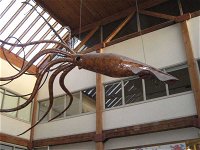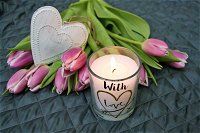
A Visual Numbers Match Trivia Quiz
Each of the photos represents something associated with each of the numbers listed as questions. Sometimes the match will be straightforward, while some other matches may require more of an effort. Don't forget to click on the photos!
This is a renovated/adopted version of an old quiz by author Ikabud
by LadyNym.
Estimated time: 3 mins.









